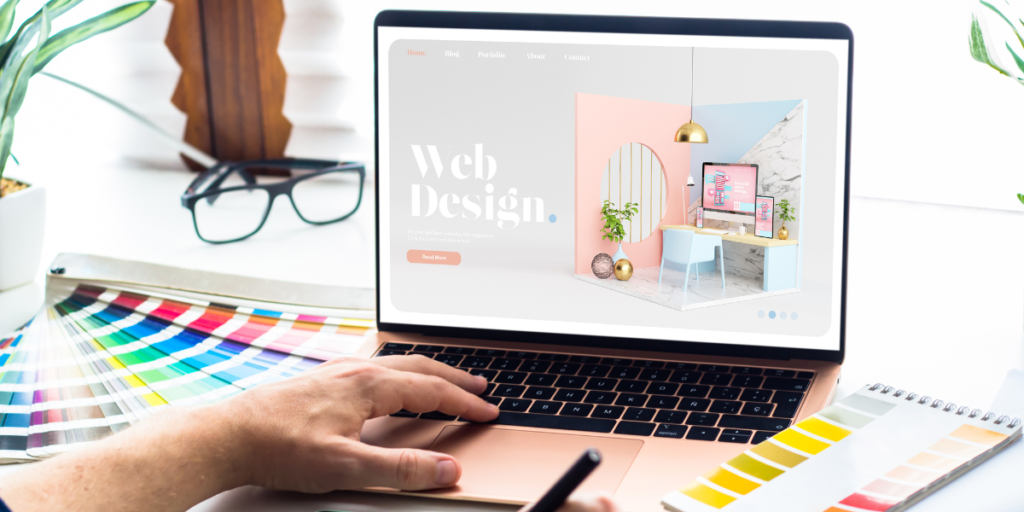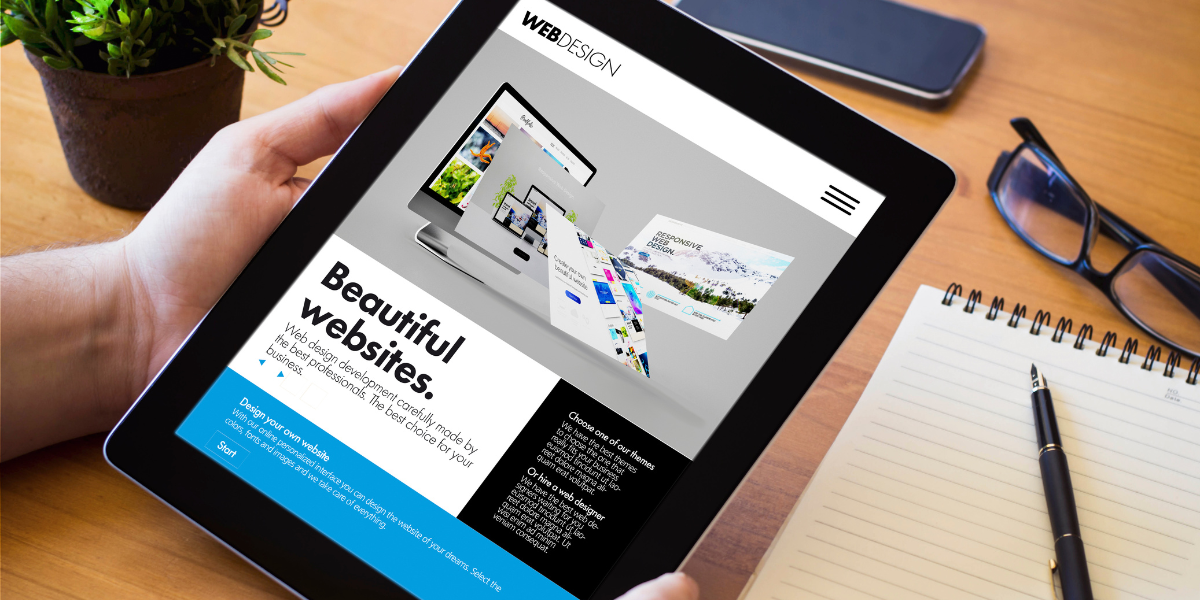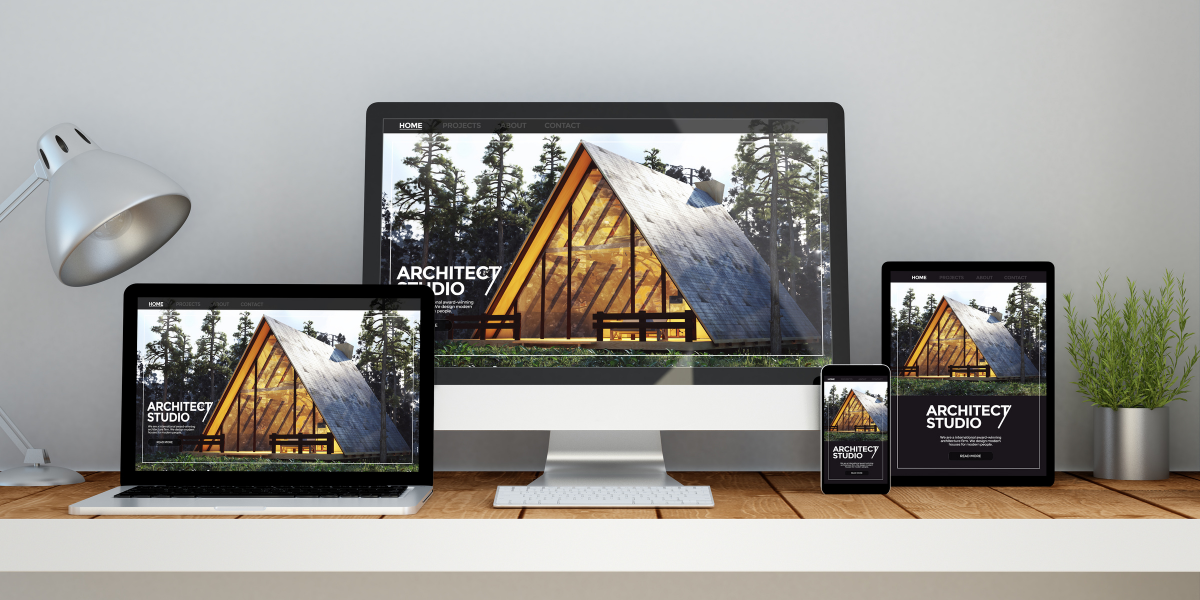In today’s fast-paced world, the need for a strong digital presence is skyrocketing in Manchester. As more local businesses go online, the demand for effective websites has never been higher. A well-designed website helps companies stand out in a crowded and competitive market. It not only attracts customers but also builds trust. However, web designers in Manchester face unique challenges. The city’s fast-moving tech industry and diverse business landscape create high expectations. To succeed, designers must stay updated with trends while meeting the specific needs of local clients. This balance is key to delivering results in a digital-first world.
Insights on Common Challenges Faced by Web Designers in Manchester
1. Understanding Client Expectations
Top web development companies in UK must figure out what the client wants from the website. Occasionally, clients talk about loose ideas or seek impossible objectives, which can cause confusion and require repeated revisions.
Solution: Start by having an in-depth discussion with the customer. Show wireframes and mood boards to keep communication clear between all the parties. Meanwhile, ask what they expect the website to look like, how it should function and what they want to achieve with the website. Have a written contract that covers what will be done and how many edits can be made. Staying in contact regularly makes it easier to succeed in your business.
2. Keeping Up with Changing Design Trends
Trends of website design and development are always on the move and evolve rapidly. The most popular ideas often get replaced by new trends. Designers may feel tense about remaining updated without making designs that look too like what’s trending.
Solution: Keep learning new things and register for online design classes or webinars. Have a mood board with images, quotes as well as things that inspire you. Although following trends is helpful, always use timeless aspects in your design, especially balance, contrast and strong typography. Change should reflect the brand, not be made only to add trends.
3. Balancing Creativity and User Experience (UX)
Designers like to show their creativity, though this can be confusing for people using the product. Good design is irrelevant if users are unable to locate the products or info they are seeking.
Solution: Pay attention to how helpful and straightforward your website is. Test the designs on real people or with tools such as Hotjar. Select easy-to-read fonts, make your buttons clear and set them up by navigating through the app logically. Additionally, use accessibility guidelines and make your designs usable on any device. Limitations in creativity can hinder the fun, whereas creative elements can help make things better. Knowing about problems early ensures the project is not out of balance.
4. Managing Time and Meeting Deadlines
Dealing with various projects at the same time is not easy. If the feedback or scope changes happen late, it can mess up the project timelines and make everyone stressed.
Solution: Organize your work by using Trello, Asana as well as Notion. Divide big tasks into small parts and specify when you want to finish each one. Set aside some extra time in case changes are needed. Be honest about your timeline and the kind of results you will give to clients. Adopting techniques such as the Pomodoro Technique or Eisenhower Matrix can assist you in being productive. Hence, updates made regularly keep both teams aligned.

5. Ensuring Mobile Responsiveness
A web development in Manchester that looks perfect on desktops may fall apart on smaller screens. If users struggle on mobile, both experience and SEO take a hit.
Solution: Its solution is that web designers in Manchester can start with a mobile-first mindset. Use responsive frameworks like Bootstrap or CSS Grid. Test your design on different screen sizes using tools like BrowserStack or Chrome DevTools. Keep buttons and text large enough to tap and read. Avoid heavy files that slow loading.
6. Cross-Browser Compatibility
Various browsers interpret code differently, which can change the appearance of websites. Users feel annoyed because of this, and trust in the brand is harmed.
Solution: You should always start with a clean, standard-compliant code. Test your site on major browsers such as Chrome, Safari, Firefox, and Edge during development. Use CSS resets or normalization files. Run your code through the W3C Validator. Avoid browser-specific features unless necessary. Use fallback methods to make sure your site works smoothly across all platforms.
7. Working with Client-Provided Content
Sometimes, clients delay sending content or providing low-quality text and images. This causes project delays and affects the design’s final look.
Solution: The best solution is to include content delivery deadlines in your agreement. Share simple guidelines for image resolution and copy length. Meanwhile, you can also offer help with writing or photography as a paid add-on. Use placeholders, when necessary, but make it clear that the final design depends on real content. Hence, collaborating with top web development company in Manchester can greatly improve the quality of the finished site.
8. Handling Feedback and Revisions
Getting too much feedback from different people or unclear comments can slow progress and make designers feel stuck.
Solution: Its solution is to define how many revision rounds are included in your contract. Use feedback tools like Figma, InVision, as well as Google Docs to keep all comments in one place. Ask clients to gather feedback internally before sharing it with you. Take time to explain your design choices so clients understand the reason behind them. This helps reduce subjective changes and build trust.
FAQs: Common Questions People Often Ask
1. Why do web designers face client communication issues?
Many local businesses prefer in-person meetings. While that builds trust, it can sometimes lead to unclear goals and last-minute changes in the project.
2. How can a designer stay updated with new web trends?
The best way is to read design blogs, take short online courses, and be active in local groups like Northern UX or Manchester design meetups.
3. Do local clients in Manchester prioritize mobile responsiveness?
Absolutely. With more people browsing on their phones, clients want websites that look great and load quickly on all devices.
4. Is SEO a designer’s responsibility or the marketers?
It’s a shared role. Good web designers in Manchester builds fast, mobile-friendly sites with clean code, which hence helps marketers drive better search rankings.
Level Up Your Web Presence with Whizmo: Hire Us Today!
Tired of searching for a dependable web designer in Manchester? Whizmo is here to help! We blend clean visuals with smart tech to build websites that work as good as they look. From small shops to new startups, our professional team of web designers in Manchester design each site with your goals in mind. Let’s bring your ideas to life the right way.





